Hello there, dear pilots! Hope you’re doing great. It’s a pleasure to connect with you again here on DroneXL.co.
The Mavic 2 Pro and how I pushed its limits
The confession I’m writing about today happened with my second drone: the legendary Mavic 2 Pro. Definitely one of the best pieces of hardware DJI has ever built. Remember when DJI made drones that were sexy, functional, AND affordable? Me too! The Mavic 2 Pro was one of those perfect intersections of technology and economy from DJI.

Here in Ecuador, in 2019, there were major protests to remove the president from government. Those were dark days. I come from Venezuela where for many years I worked as a photojournalist and documentary photographer – definitely a risky profession.
I was literally IN the protests taking photos of both the military who were repressing protesters and the young people fighting for a better country. I exposed myself many times in search of that photo that would make a worldwide impact, that image that would give us visibility in international media and reach audiences in other Countries.
It wasn’t easy, and I wasn’t doing it so much for money as for wanting to support a necessary change in my country.
Another day at the office during my photographer days
So with that background, the first thing I thought was: I can’t expose myself doing this work in a foreign country since they could (and they did this with other foreigners) expel me from the country. So my mind thought: if I’m going to be locked up in my house but I have a flying camera that can go very far, what’s the worst that could happen?
T minus 0: launch day
I calculated risks. I looked at distances mentioned in the manuals. I ran tests at “short” distances. And I took the plunge. On October 13, 2019, I charged my only battery to 100%, launched the drone in Sport mode, and sent it a whopping 5,650 meters away.

Let’s remember that this is city flying – there’s interference, quite a lot of interference. Currently, there’s OcuSync 4.0 technology, but back then we were using OcuSync 2.0, which promised 10 km of signal range but in an area without obstructions AND without interference.
I gathered courage I didn’t have and flying at maximum speed, I reached the point where most of the protests were happening. Obviously, everything was documented for my channel. You can see the video below.
At that time, we were using the DJI Go 4 App, and one great advantage was that you could select when the batteries would give you a low battery emergency signal. I remember setting mine between 5% and 10%.
Why is harder to do it now
In current applications, the drone returns automatically when the battery reaches 20% or 25%, and there’s not much you can do about it. I remember that when I reached the area, the battery was around 60%, which left me between three to five minutes to record the action. Obviously, I had to return as quickly as possible, taking into account that I might even encounter headwinds that would make the return journey more difficult.
The two or three times I risked doing this kind of coverage, the drone arrived at my house sometimes with 1% battery, sometimes with 0%. It always arrived beeping and automatically descending. TRUST me, the fear you feel knowing that your drone is still a kilometer away and it’s already making an automatic descent due to low battery is not something you want to wish on even your worst enemy.
I remember that during those dates, I was even doing experiments with the drone where I would leave it hovering at 1.5 meters high and wait for the battery to run out. Obviously, I disabled the automatic return to home since activating RTH would make it climb to a certain height and head to a point, but I never moved it from the takeoff point.
This way it would last about half an hour until it started saying “low battery” – that’s when the real test began. It would try to land; I would use the stick to make it climb. Obviously, this test can end up damaging your battery since you’re pushing it beyond the limits it was built for. But I needed to know how many extra minutes of flight time I could extract from that battery.
Those tests gave me the necessary confidence to be able to send the drone out, record, and return home safely.
Whenever you’re going to do a long flight, do short flight tests first. Keep in mind not only the battery level but also that you should check that the cells are in good condition. Make sure your drone’s propellers don’t have any flaws, that there aren’t very strong wind currents, that you have an ideal number of satellites, and above all, consider the possibility that the drone may or may not return to you.
In my case, my drone survived this experiment, but the opposite could have happened. I’ll tell you about the day of my first flyaway another time.
Tell me in the comments, what’s the longest distance you’ve ever flown?
Discover more from DroneXL.co
Subscribe to get the latest posts sent to your email.


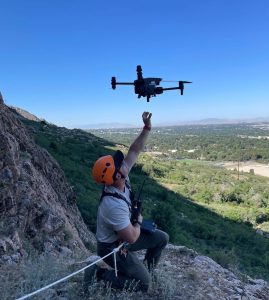
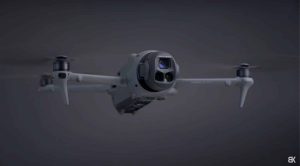

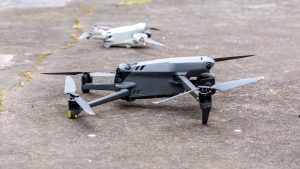
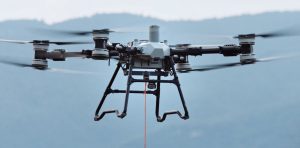
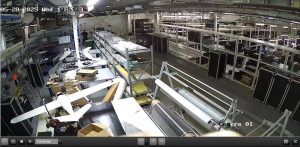
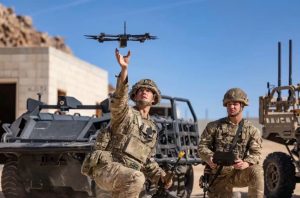
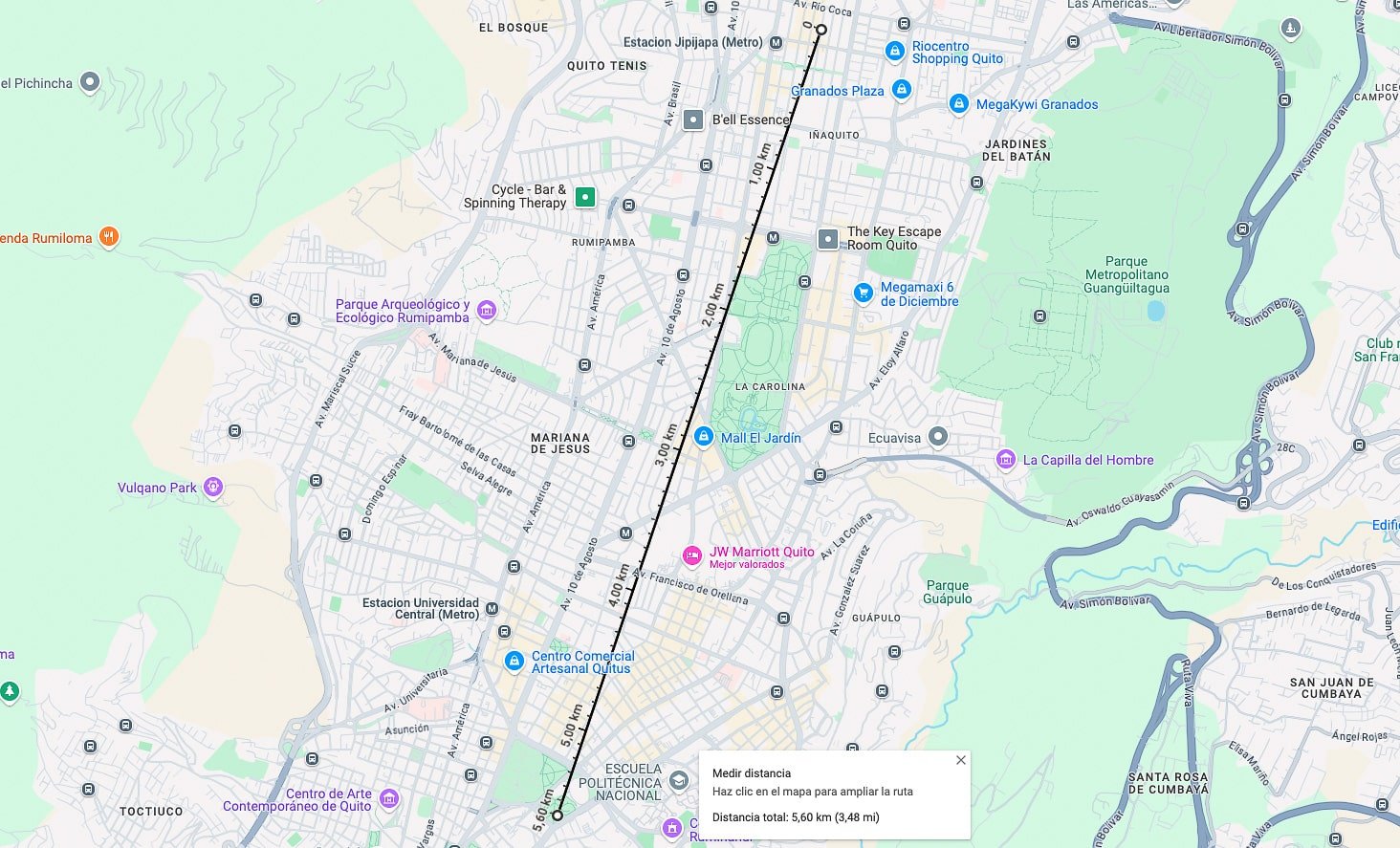


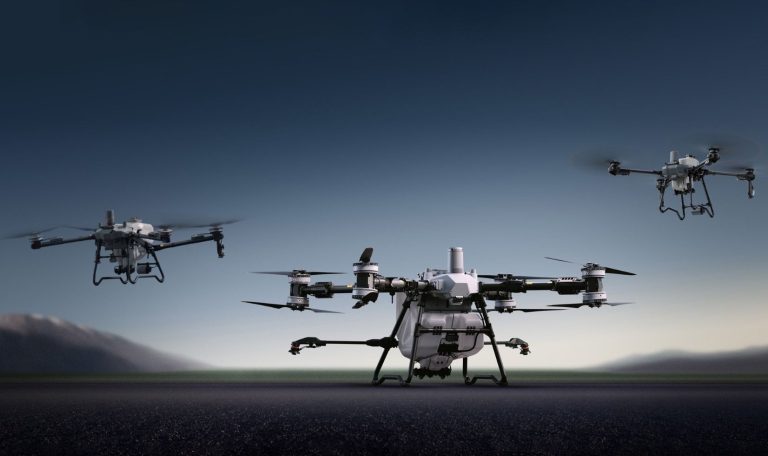
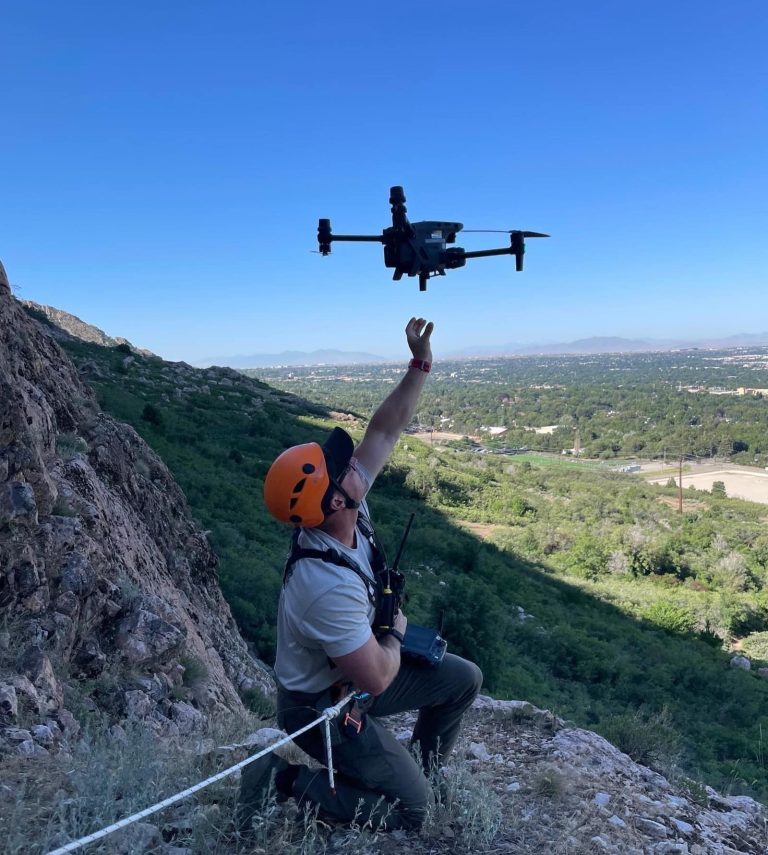
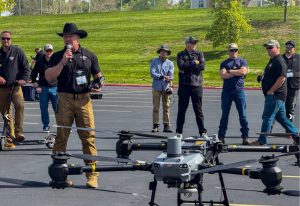

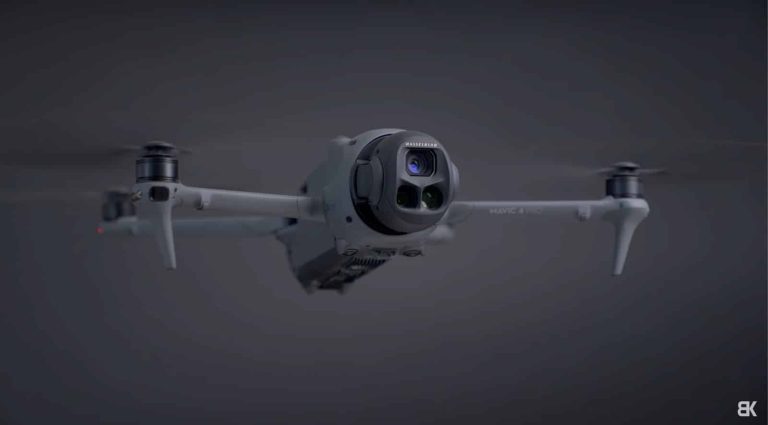

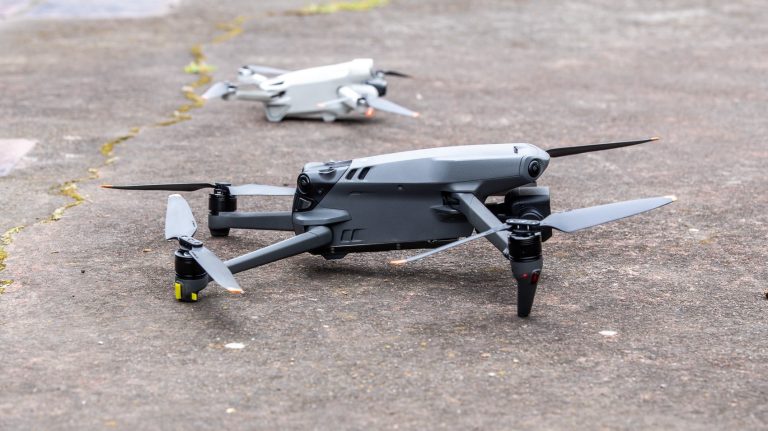
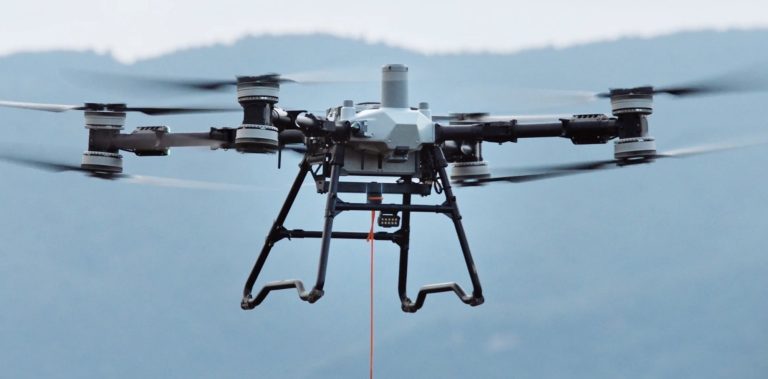
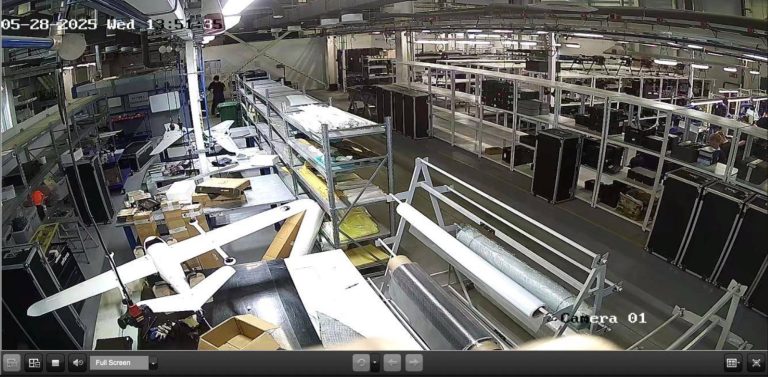
+ There are no comments
Add yours